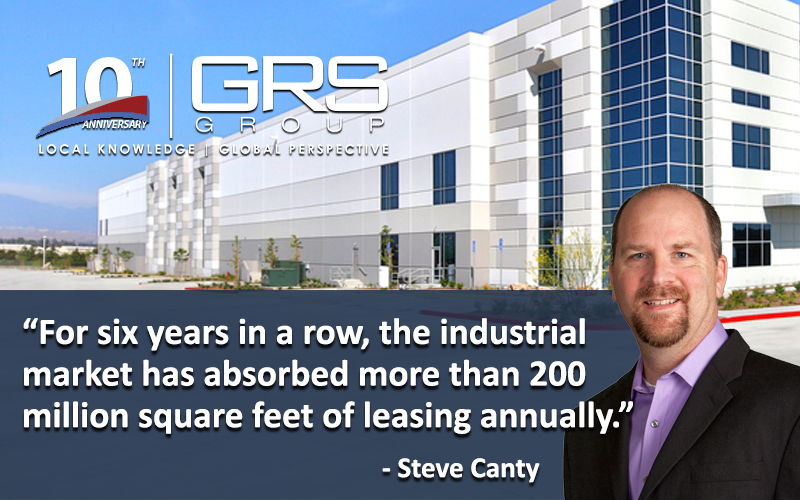Commercial real estate’s industrial sector was arguably the most active and changing property type of the last decade. Over 10 years it went from being a relatively boring, if stable, property type, to the industry’s most active and evolving.
The towering growth of e-commerce over the last 10 years has everything to do with industrial’s boost. In the first quarter of 2010, e-commerce sales were at $39.3 billion. By the end of 2019’s third quarter, they had hit $154.5 billion with average annual growth between 12 and 15 percent.
This activity has transformed the overall supply chain in the United States, and part of that change is apparent in industrial real estate. Multi-level buildings are starting to pop up, as suppliers need to find more space in densely populated areas to support customer demand.
We are also seeing smaller “last-mile” industrial spaces within urban areas as well, in efforts to keep up with increasingly popular, and expected, same-day delivery. This has led to the conversion of blighted assets and even made industrial space an unlikely mixed-use co-tenant with other uses, such as retail and office.
These factors have equaled extremely strong industrial real estate fundamentals for several years.
For six years in a row, the industrial market has absorbed more than 200 million square feet of leasing annually, according to a Cushman & Wakefield report (download here). Last year’s total was 233.8 million square feet, down from the all-time high of 287.8 million in 2018, but still formidable.
Last year was record setting in another area. The fourth quarter saw 100.3 million square feet built, the most ever constructed during a three-month period on record. For all of 2019, 307.8 million square feet was completed, a seven-percent increase from 2018. There were eight markets with more than 10 million square feet built: Atlanta; California’s Inland Empire; Chicago; Dallas; Houston; Indianapolis; eastern Pennsylvania; and Savannah, Ga. There is currently 321.1 million square feet underway nationwide.
Even though supply outpaced demand by 74 million square feet last year, 2019 finished with a vacancy rate of 4.8 percent, the lowest recorded by Cushman. Some major markets, such as Los Angeles and Central New Jersey already boast rates below two percent.
New development might push vacancy rates up a bit in the coming year, but rents are also expected to increase. Rents closed 2019 at $6.51 per square foot, up from $5.88 at the end of 2018.
It’s not likely many would have predicted the industrial market to reach such heights 10 years ago. We’ll see where it goes over the next decade, starting from such a high point.
About GRS Group
On the leading edge of innovation in commercial real estate transactions, Global Realty Services Group provides its clients with unsurpassed expertise in the areas of Transaction Services, Title Insurance and Sustainability Solutions. With offices across the United States, Europe, and affiliates around the globe, GRS Group provides local market knowledge with a global perspective for institutional real estate investors, occupiers and lenders worldwide. The GRS Group team has evaluated and advised on over $1 trillion in CRE transactions.

